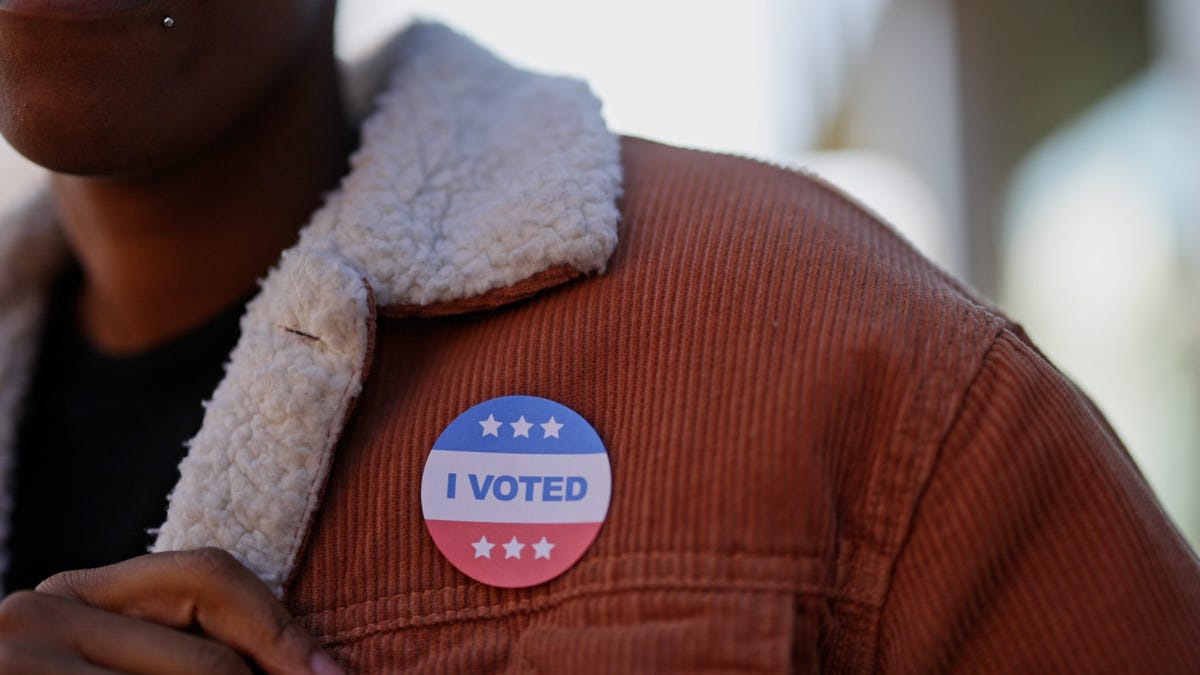Election Day is approaching quickly. Infographics highlight the improvements in early voting since 2000
With less than 100 days remaining until Election Day, voters have the opportunity to select their presidential candidates even earlier thanks to early voting.
Research indicates that voting in the U.S. has become more accessible since 2000, with most adults living in states that permit early voting, as reported by the Center for Election Innovation and Research.
Widespread voting legislation has facilitated access to absentee voting through mail-in ballots. During the COVID-19 pandemic, over 100 million Americans participated in early voting for the 2020 presidential election, according to the Washington Post.
Early voting is particularly helpful for those who are immunocompromised, those lacking transportation, or anyone unable to vote in person on Election Day. Regardless of the reason for opting for early voting, it allows more flexibility and boosts voter turnout, experts suggest.
Organizations and businesses nationwide support early voting through events like “Vote Early Day.” Similar to other awareness days such as National Voter Registration Day or National Day of Giving, Vote Early Day encourages Americans to learn about their state’s early voting rules.
“For first-time voters, the polling process can feel overwhelming or confusing,” noted Jennifer Park Stout, vice president of global public policy at Snapchat, in a past interview with YSL News.
“By offering our users the chance to vote on both Election Day and during the early voting period, we’re effectively empowering them,” Stout added. “This is especially important for younger voters, who may have classes, jobs, or other commitments on Election Day. It provides them with more opportunities to fulfill their civic duty.”
As Kamala Harris and Donald Trump compete in the upcoming months, here’s what you should know about the status of early voting, its evolution in the U.S., and states that are questioning this practice:
Most states offer some type of early voting
As of 2024, 47 states and Washington, D.C. provide early in-person voting, according to a report from the Center for Election Innovation and Research. Out of these regions, 37 permit voters to mail their ballots without needing to provide a reason.
The amount of states allowing early in-person voting for all U.S. citizens has increased since the 2000 general election, which saw only 24 states offering this option. Those 24 states comprised about 40% of the eligible voting population at the time, according to the center’s findings.
Washington, D.C. and the other 47 states with early in-person voting now account for approximately 97% of the eligible voting age population in the U.S., as per the U.S. Census Bureau.
Twelve out of the 14 states that do not provide mail-in voting for all citizens have Republican-led legislatures, as reported by NPR. This limitation on absentee voting indicates a trend in certain southern states that are restricting who can vote absentee and who is allowed to submit absentee ballots.
Since the year 2020, 12 state legislators have enacted new laws tightening in-person voter ID regulations. Additionally, prompted by some Republicans who incorrectly assert that the 2020 election was marred by fraud, various states are revising the procedures for removing voters from the rolls, according to past reports from YSL News.
Early voting’s popularity is rising
The practice of early voting, whether by mail or in person, has gained traction since 2000. The U.S. Census Bureau indicates that from 2000 to 2022, the percentage of voters casting their ballots by mail increased from 10.2% to 31.8%.
During the COVID-19 pandemic, early voting soared, with 69% of voters casting their ballots before Election Day. By 2022, roughly half of all voters had participated in early voting.
Which states have introduced new laws for voter access?
Recent laws affecting voting rights — some enhancing access while others complicate the voting process — are emerging in crucial battleground states across the nation.
Since the 2020 presidential election, ten states have enacted laws shortening the application period for absentee and mail-in ballots, creating additional barriers for voters.
In addition, eight states have limited the number of ballot drop boxes available. These states include Georgia and North Carolina, which are pivotal swing states, along with competitive states like Iowa, Ohio, and Florida.
This year alone, at least 11 states have implemented 14 laws aimed at increasing voting access. Virginia, Washington, and Oregon are among the states that each passed two new laws, as featured in the Brennan Center for Justice’s 2024 roundup of voting laws.

